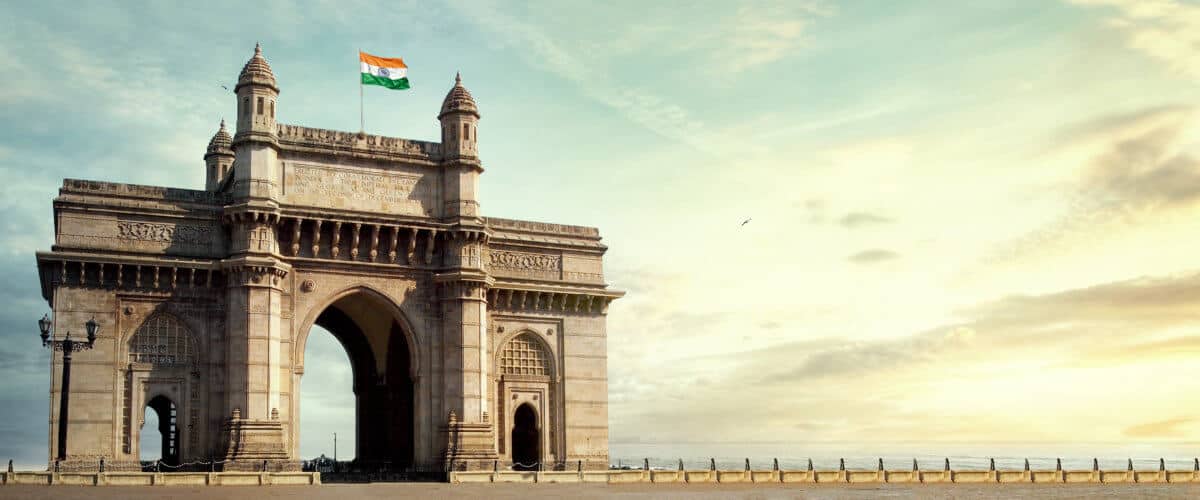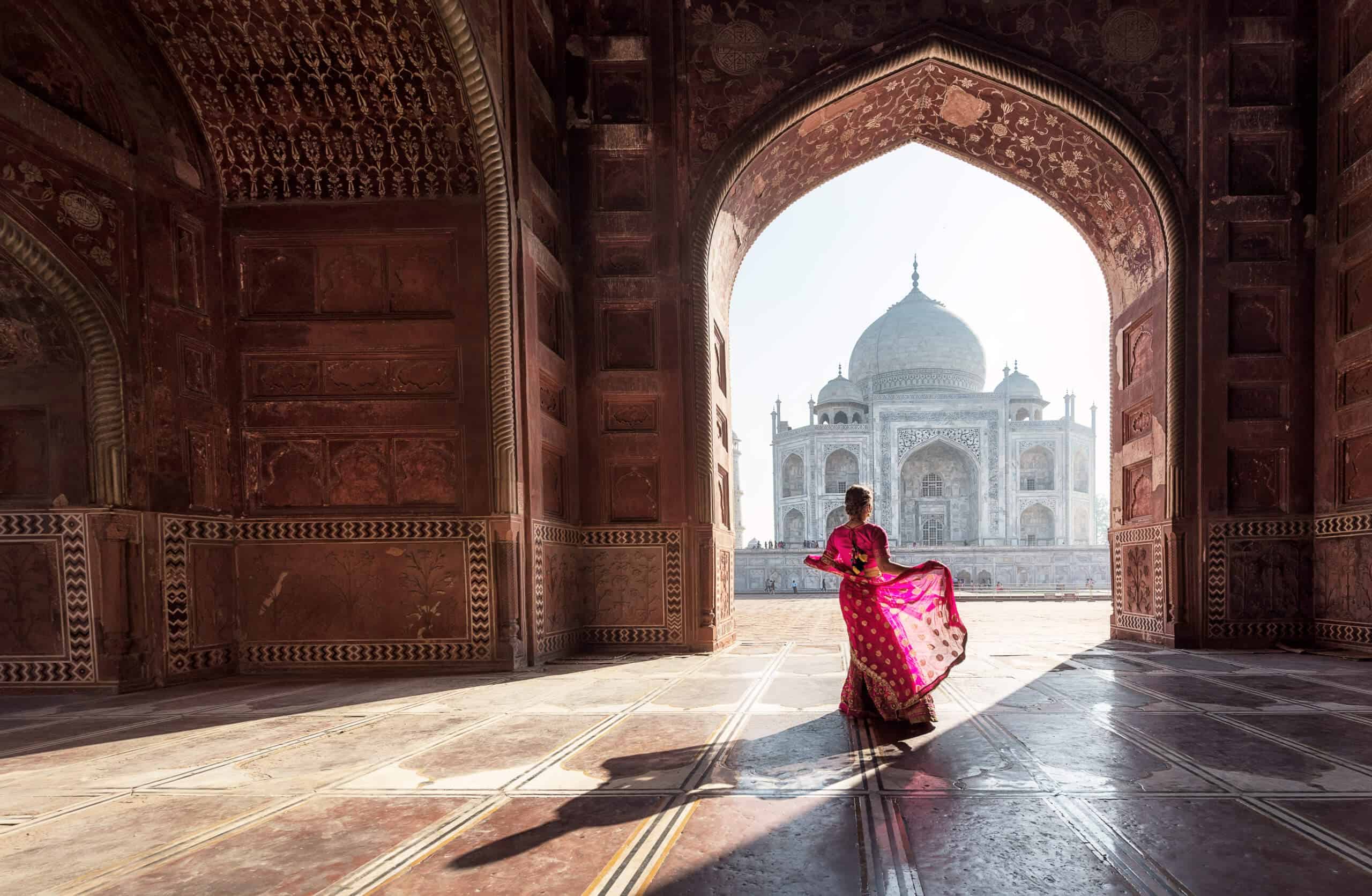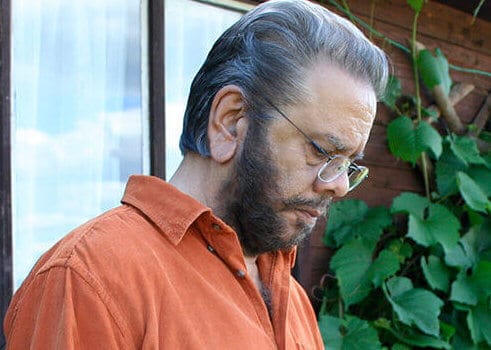Although India is in tragic time at the moment, the world hopes to see it back to normal soon. Here's what you can expect on your next travels to India.
Even though the scenario in India has become grim at the moment, with hope and positivity we continue to believe the situation with Covid will get better and travel all over the world will resume to the pre-Covid times.
This week we bring to you an article on this hugely diverse country.
Organised chaos, colours, noise, helpful people and hospitality are the first things you notice when you arrive. There’s more to it.
India
One of the most ancient civilizations, this was a country of free sex and eroticism, mathematics, stone carved buildings and much more as early as the 3rd century BC.
This is when Kama Sutra the literature on sexuality, eroticism and emotional fulfilment was written. Vedic mathematics, which is now taught by several of the western universities as well, paved roads and incredible architecture was the order of the day.
Universities for higher learning included the University of Taxila which goes back 2,700 years was home to more than 10,500 students who came to attain specialisation in 64 different fields which encompassed surgery and astronomy.
Some of the ancient super-structures going back to the 4 century have survived to this day.
And then came invasions one after another and the order of society changed.
Much later, along the way, explorers wanted to discover India mainly for the spices that Europe had heard about.
Central London for Spices?
Preposterous as it may sound but one could actually buy a building in Kensington Gardens in Central London with just a handful of spices in the 15th century.
It’s been a continuous civilization for over 5000 years but remains a developing country after it became an independent nation with 27% of the population that is poor and 6 percent abjectly poor. This is changing and the numbers keep improving each month.
Until the onset of the new millennium the inhabitants used to joke about the economy that it was growing at a Hindu rate.
This has changed over the last two decades and it has become the sixth largest industrialised nation, growing in leaps and bounds.
Mostly known for information technology, the country is actually heavily involved in many highly developed sectors including engineering and pharmaceuticals.
For example, did you know that a good part of the medicines you buy in Europe and the U.S. are made in India for different multinationals?
According to the World Bank in 29 years from now, India is projected to be the world’s second-largest economy (overtaking the United States) and will account for 15% of the world’s total GDP.
It’s only in the second half of the century that the population will begin declining. As of now it stands at over 1.36 billion.
Aurelie
Visitors to the India either fall in love with it or come back vowing never to visit again.
The poverty which is very visible and the din in the cities can be an assault on the senses.
Once past that, there are some of the most tranquil and enthralling places here.
Aurelie (name changed) who is in her late thirties, petite and pretty, single by choice, a pulmonologist living in Lille in France says, it would take her a lifetime to really know the country.
Nonetheless, she visits for about a month and a half each year, sometimes exploring the cities, the monuments of which there are countless and not just the Taj Mahal other times enjoying the bluest seas and sandy beaches, the jungles and the Himalayas.

This woman relishes, to the hilt, whatever she does. She first went to India as a voluntary worker when she took a year off after school and has been going there each year ever since.
She has one little quirk and likes to work as an extra for a couple of days in Bollywood films every time she goes and has it nicely worked out via an agency.
Ethnic groups, Languages and Cuisine
Since the country has several ethnic groups, mainly Indo Aryans, Dravidians, Blacks and those resembling the Chinese, the official languages are also as many as twenty two.
English is widely spoken in the cities and the major towns. Even while traveling in the villages you’ll manage to communicate with those who speak a smattering of English and they’ll more often than not be happy to assist you for nothing in return.
Given the diversity, the cuisine is also different in each of the regions. Even though Indian food is one of the most popular in the world, what you will experience in India is vastly more varied compared to the everyday foods we eat at Indian restaurants around the globe.
It certainly is not all about curcuma. Many of the fine foods are prepared using saffron. An average Indian household keeps about 60 different spices many of which are mild.
Titbits
Cows are actually considered sacred, monsoon lasts about four months each year, the country has over 300,000 mosques and more than 2 million Hindu and Budhist temples.
The Chenab bridge is the highest rail bridge in the world nearly 359 metres above the river and not for the faint hearted, the Ladakh road about 6000 metres above sea level is the highest motorable road in the world and most definitely not for the squeamish.
The games snakes and ladders, chess and billiards originated in India, it has the largest diamond cutting and polishing industry in the world and diamonds were first mined in the fourth century BC.
About 40% of the population is vegetarian, there is a village with homes having no doors and has never recorded a crime.
The North Sentinel Island is one of the last places on Earth where only the original inhabitants live and remains untouched.
Varanasi is the most ancient surviving city in the world, thousands of temples serve delicious free meals to many thousands each day, sugar was first produced here, shampoo originated here and was known as champu.
In 2001, Chicken Tikka Masala became the national dish of Britain and the Indian Railways has over 1.25 million people working for the organisation and the country has several of the largest solar power plants in the world.
Tips to get by
- While on business in the cities it’s customary for a man to wear a business suit and a tie and women can wear any tasteful outfit. Largely, you will need to avoid skimpy clothes except on the beaches of Goa and other tourist resorts.
- Gifts such as Foie Gras, smoked salmon and cheeses must be avoided. The safest is usually an artefact.
- Except for professional settings, don’t expect punctuality. Just doesn’t happen.
- If you’re invited to an Indian restaurant or home, food will be served in dishes with serving spoons. Let the server, hostess or the host serve you on your plate. Traditionally, a meal will consist of several dishes, often seven, and shared among all. Be prepared to be overfed; it’s a part of their hospitality.
- Tipping the serving staff, taxi drivers and so on is the norm. About 10 to 15 percent.
- Pointing using a finger at someone is considered inappropriate and the outstretched hand must be used.
- While offering something use the right hand. It’s the same while accepting what is offered to you.
- Some Indians still ask intrusive questions. Don’t be offended. Just answer with ease. It’s one way they want to make you feel important.
- As a backpacker you can still live in India on just 12 to 15$ per day, inclusive of meals and accommodations. A reminder, drink only bottled water.
- If traveling by train you will have the choice of super luxury to extraordinarily cheap. If you’re on a tight budget book and reserve your berth or seat in advance and do not travel in unreserved compartments which are packed way beyond capacity.
From India to Bangladesh, where one organisation is helping those in need.
World Day for Safety and Health at Work: SRS Improves Working Conditions in Bangladesh
Support us!
All your donations will be used to pay the magazine’s journalists and to support the ongoing costs of maintaining the site.
Share this post
Interested in co-operating with us?
We are open to co-operation from writers and businesses alike. You can reach us on our email at [email protected]/[email protected] and we will get back to you as quick as we can.










